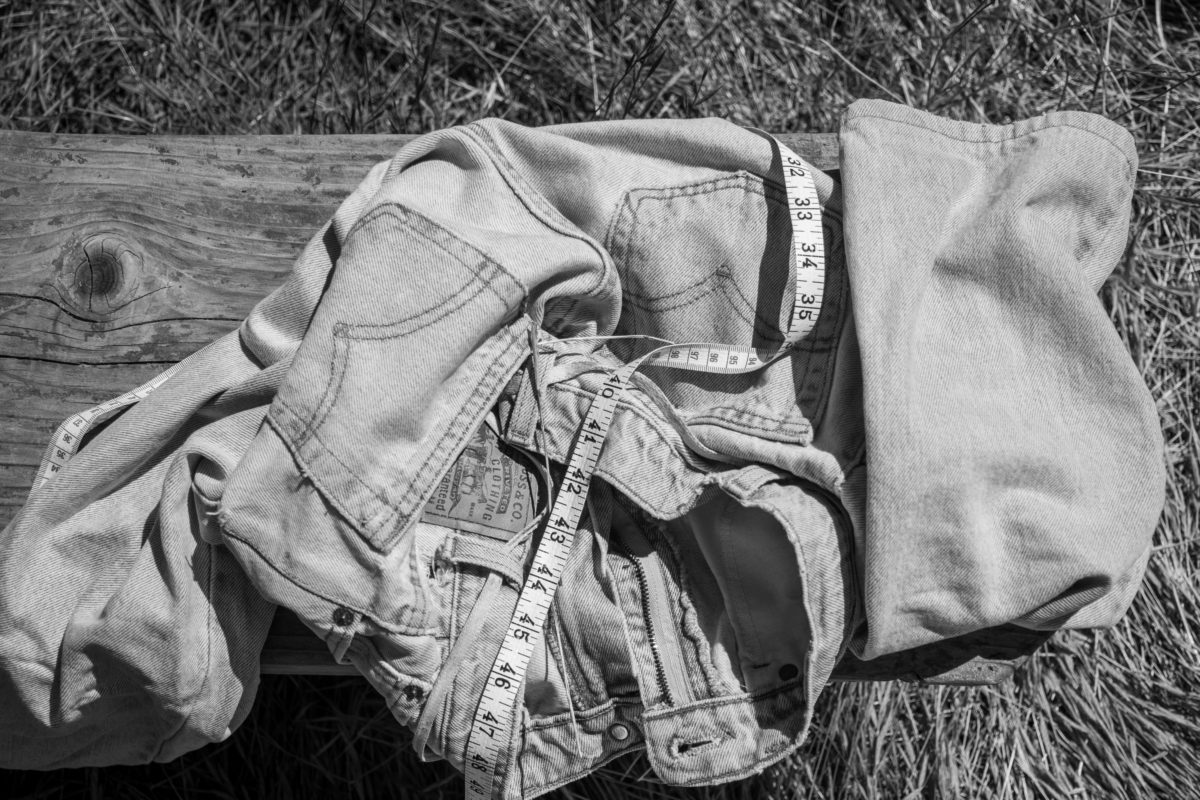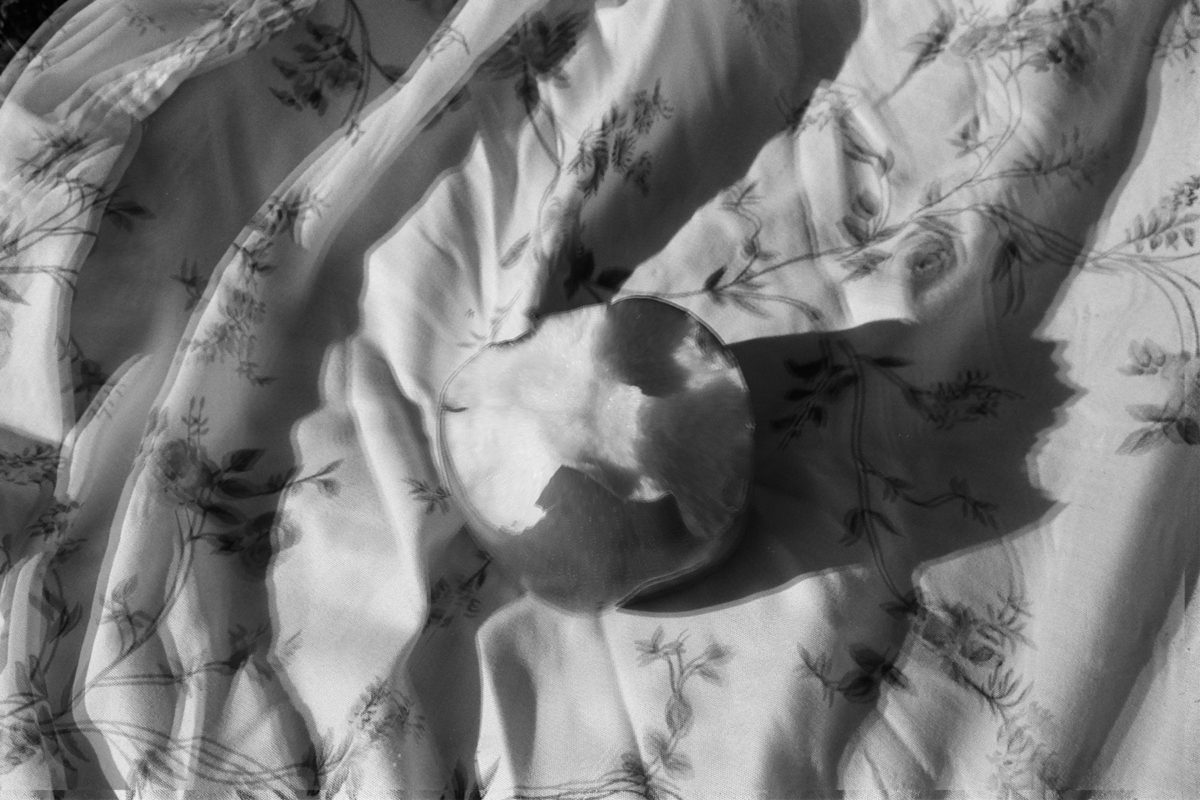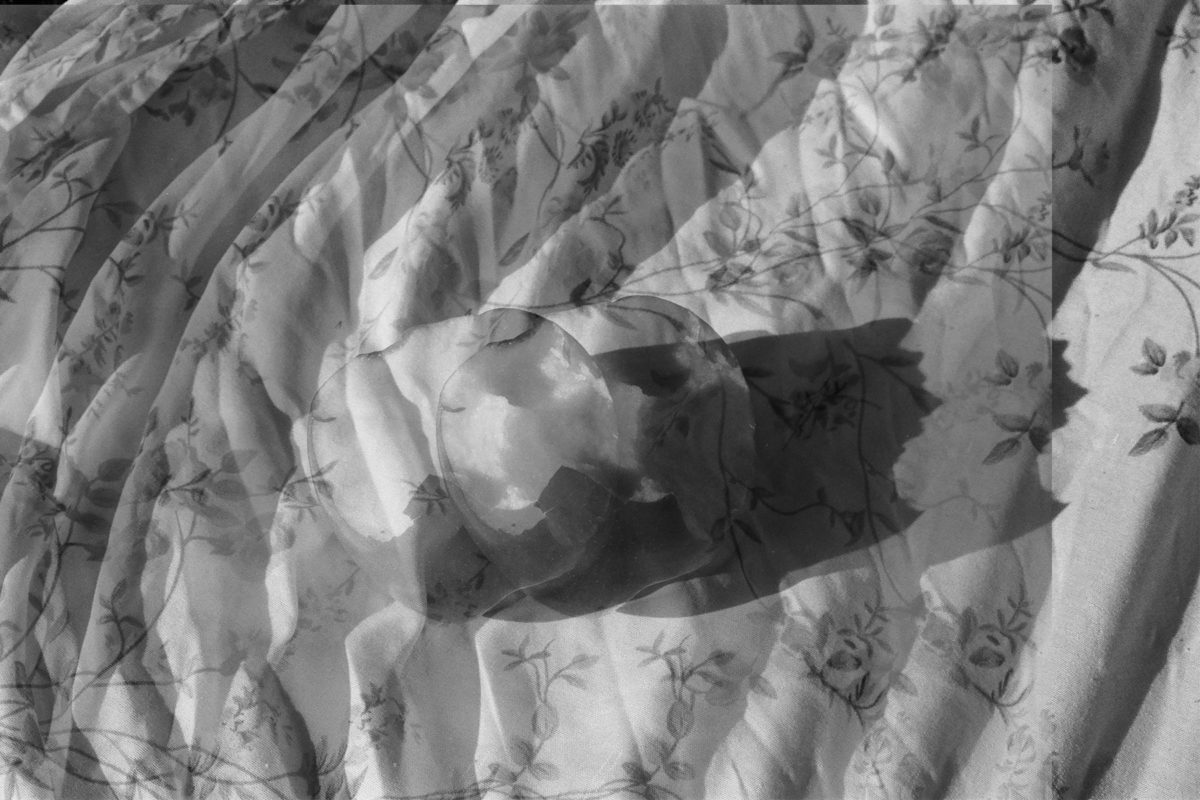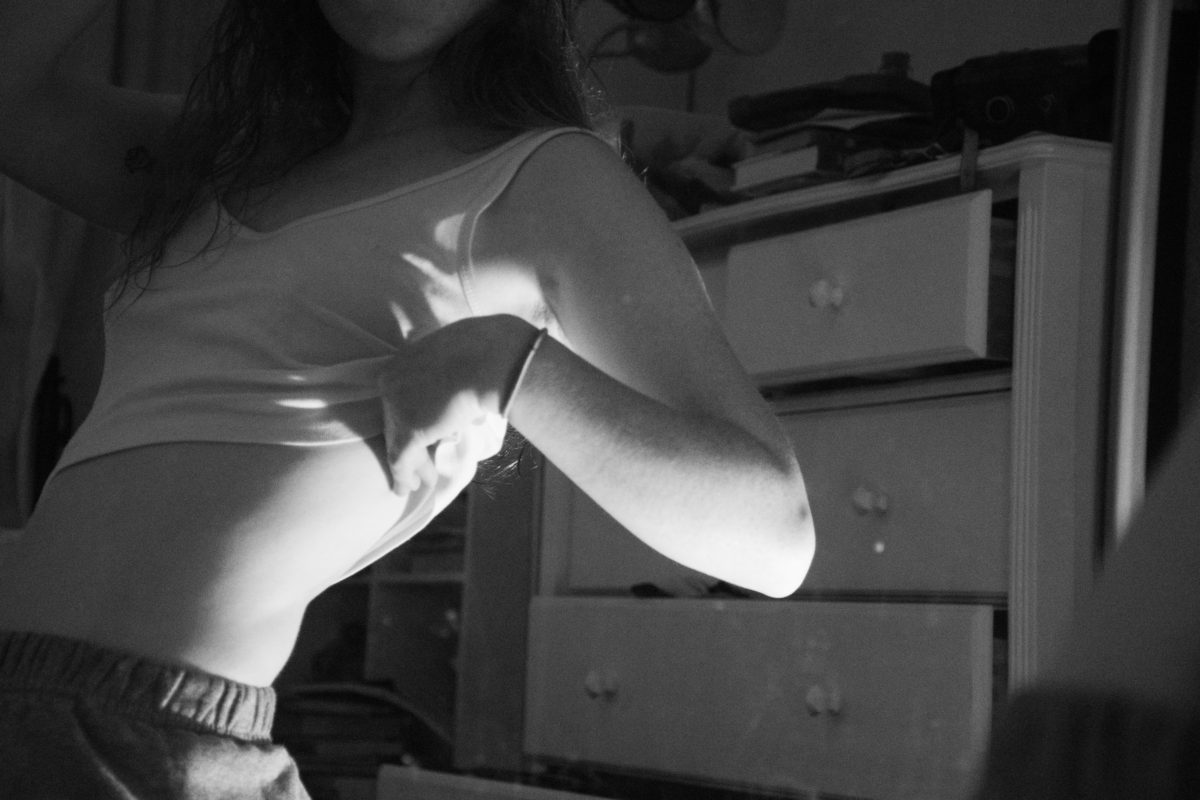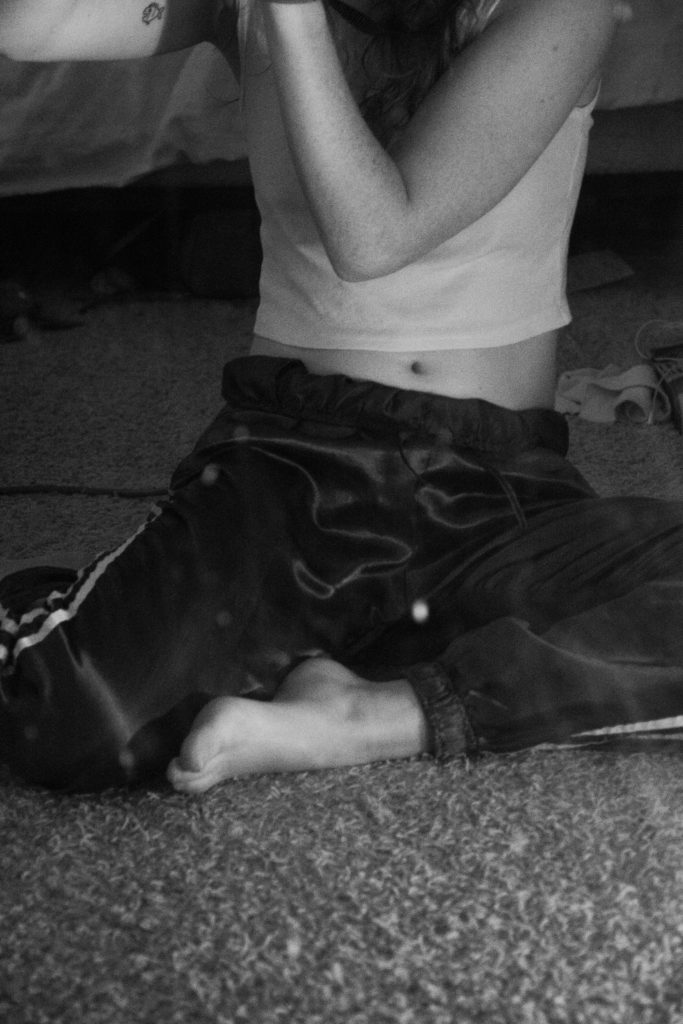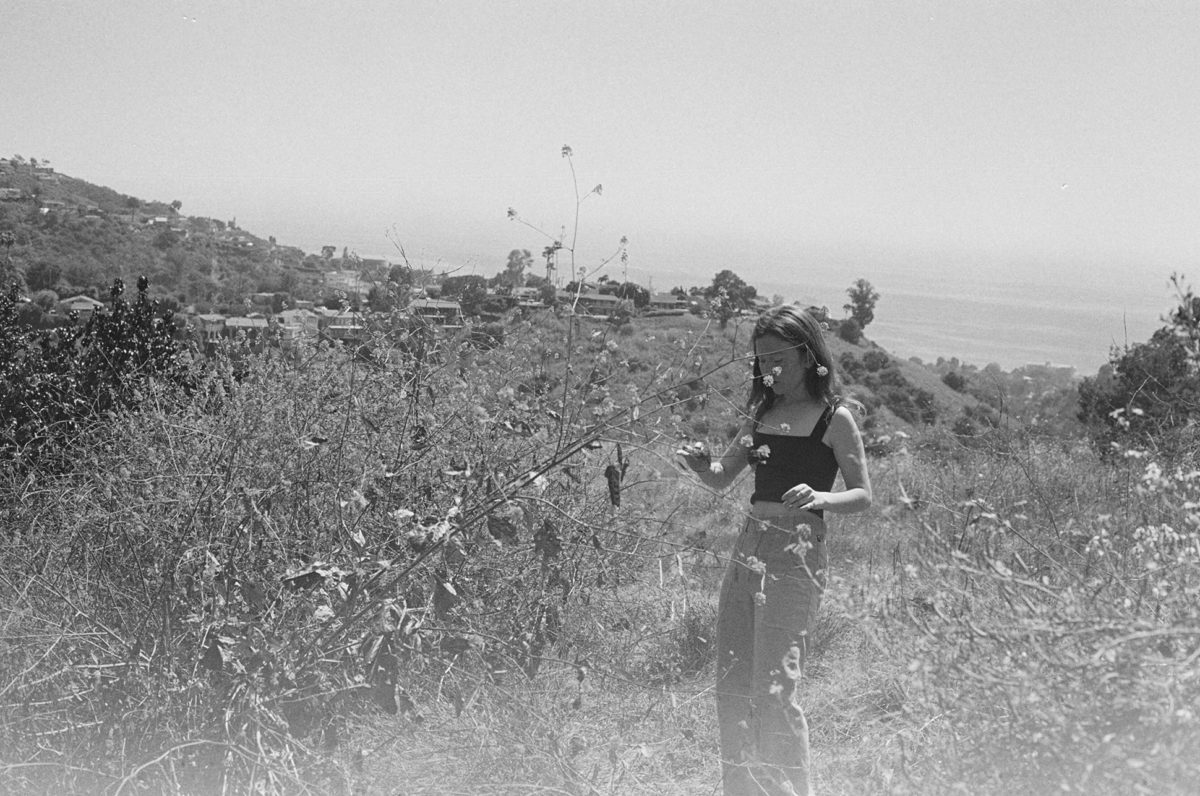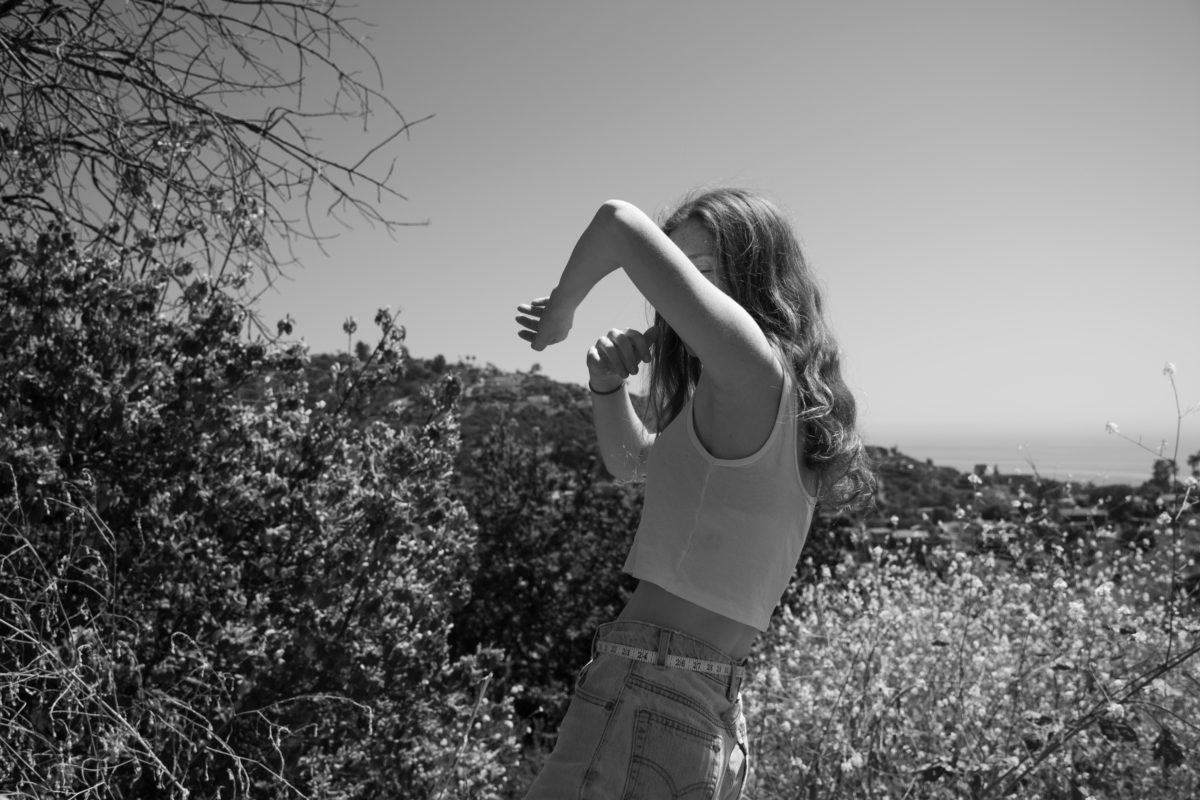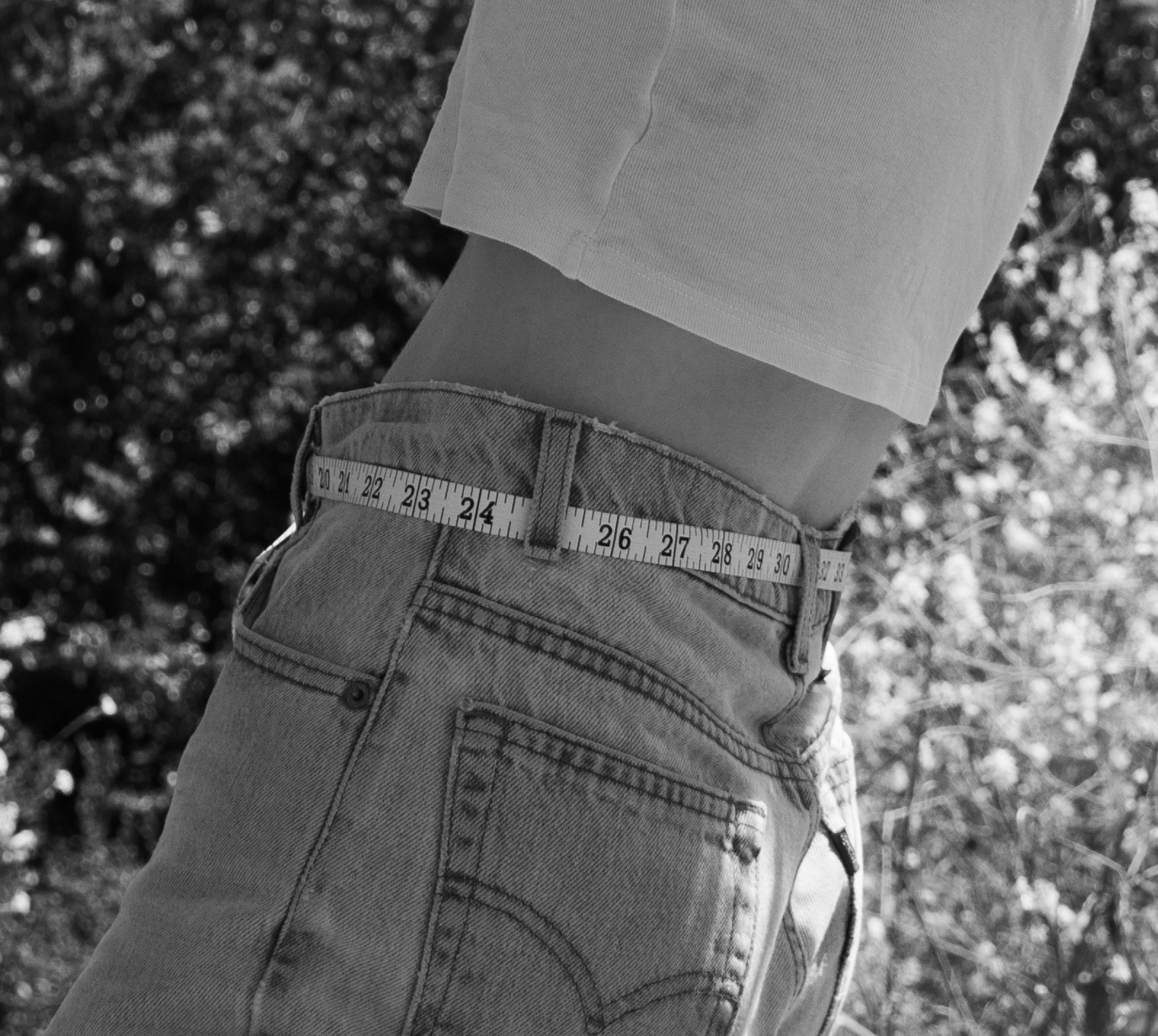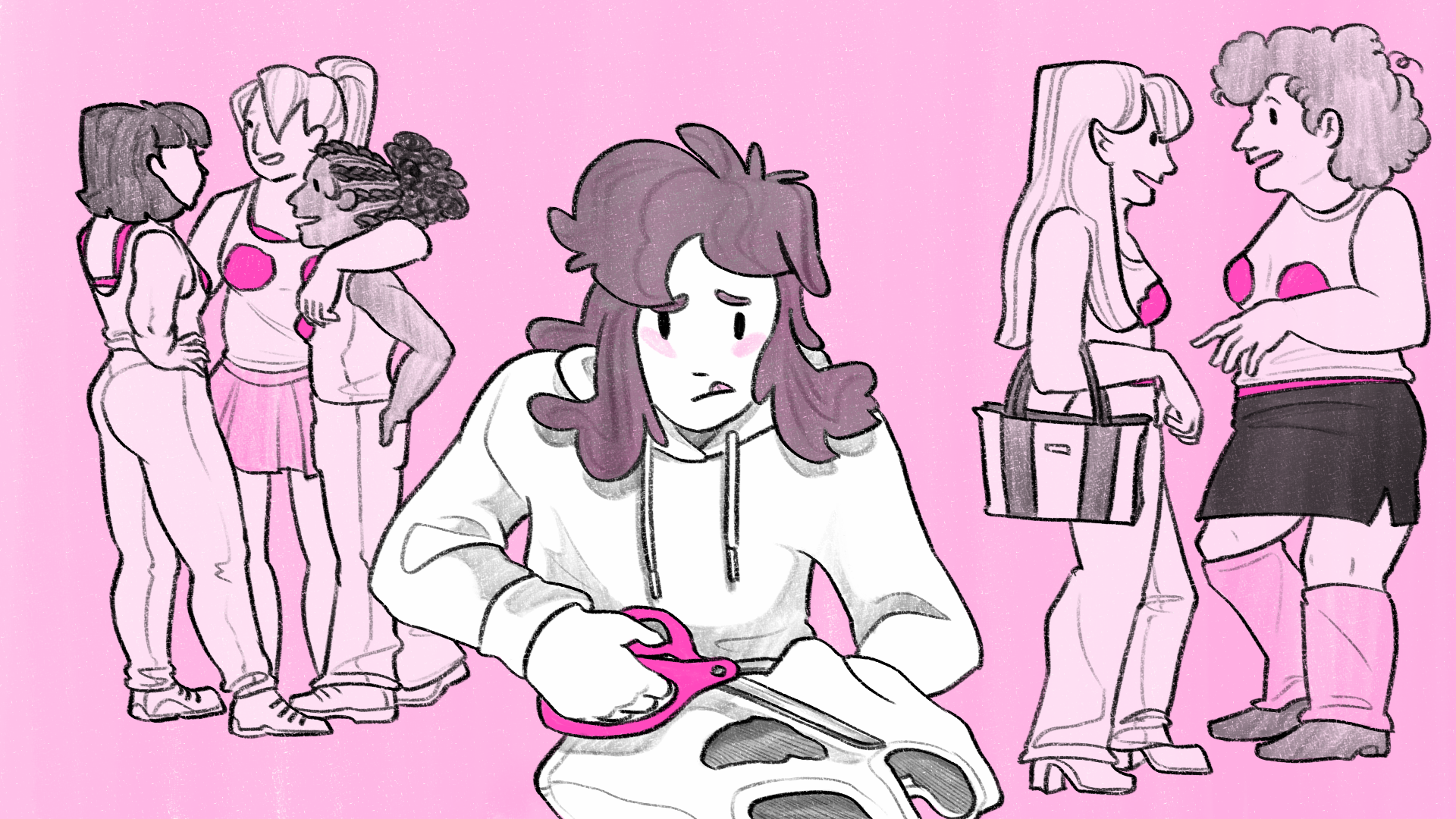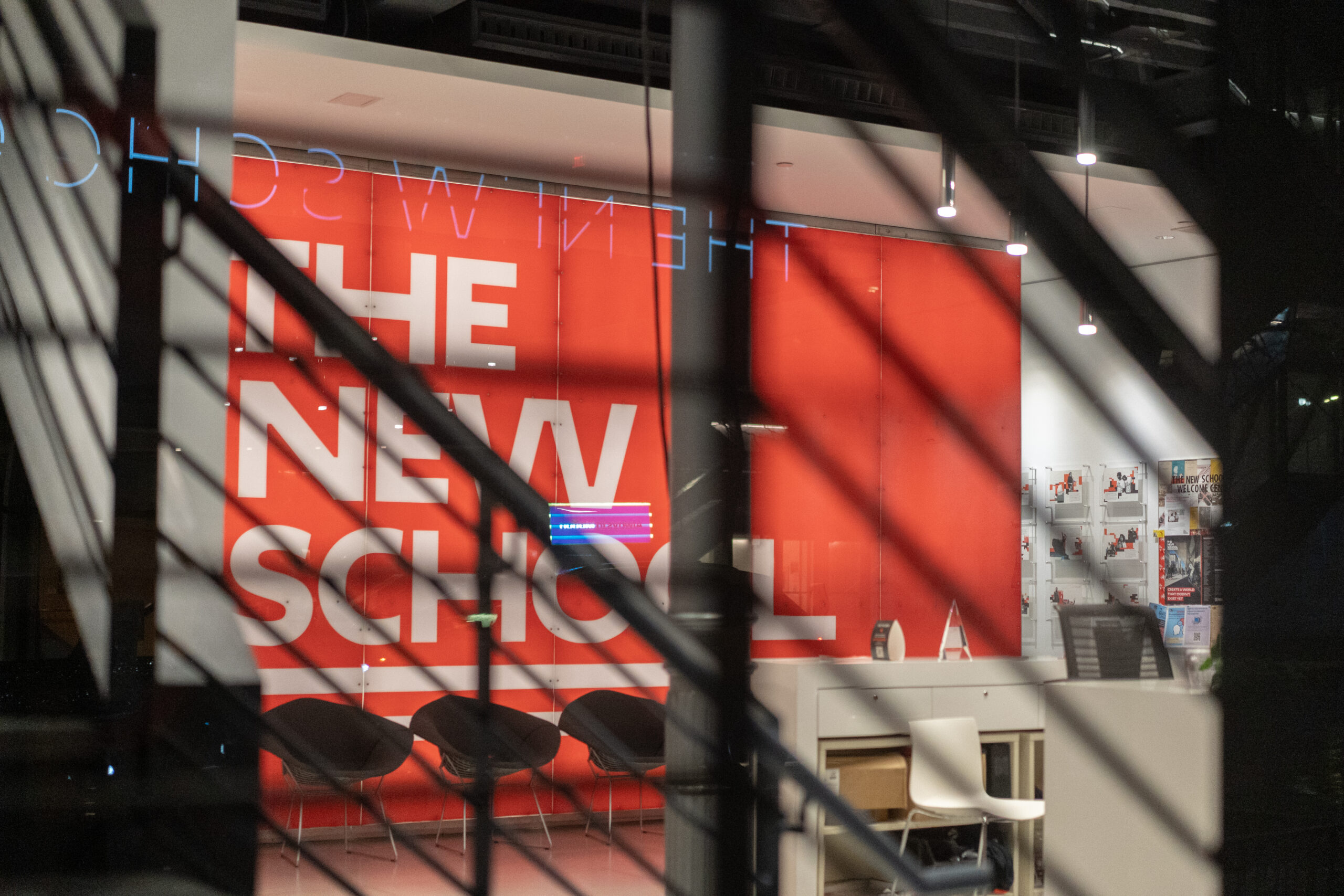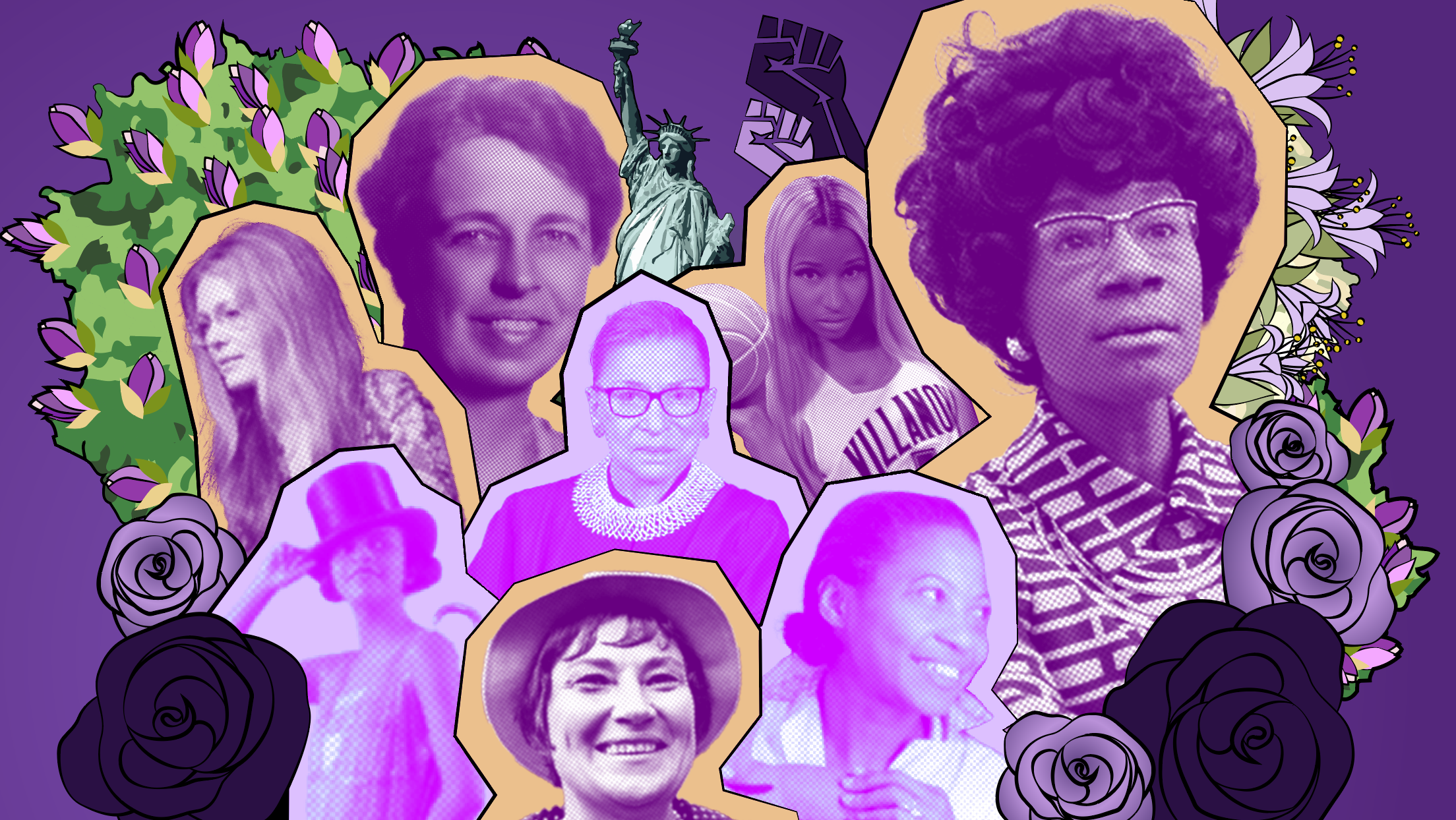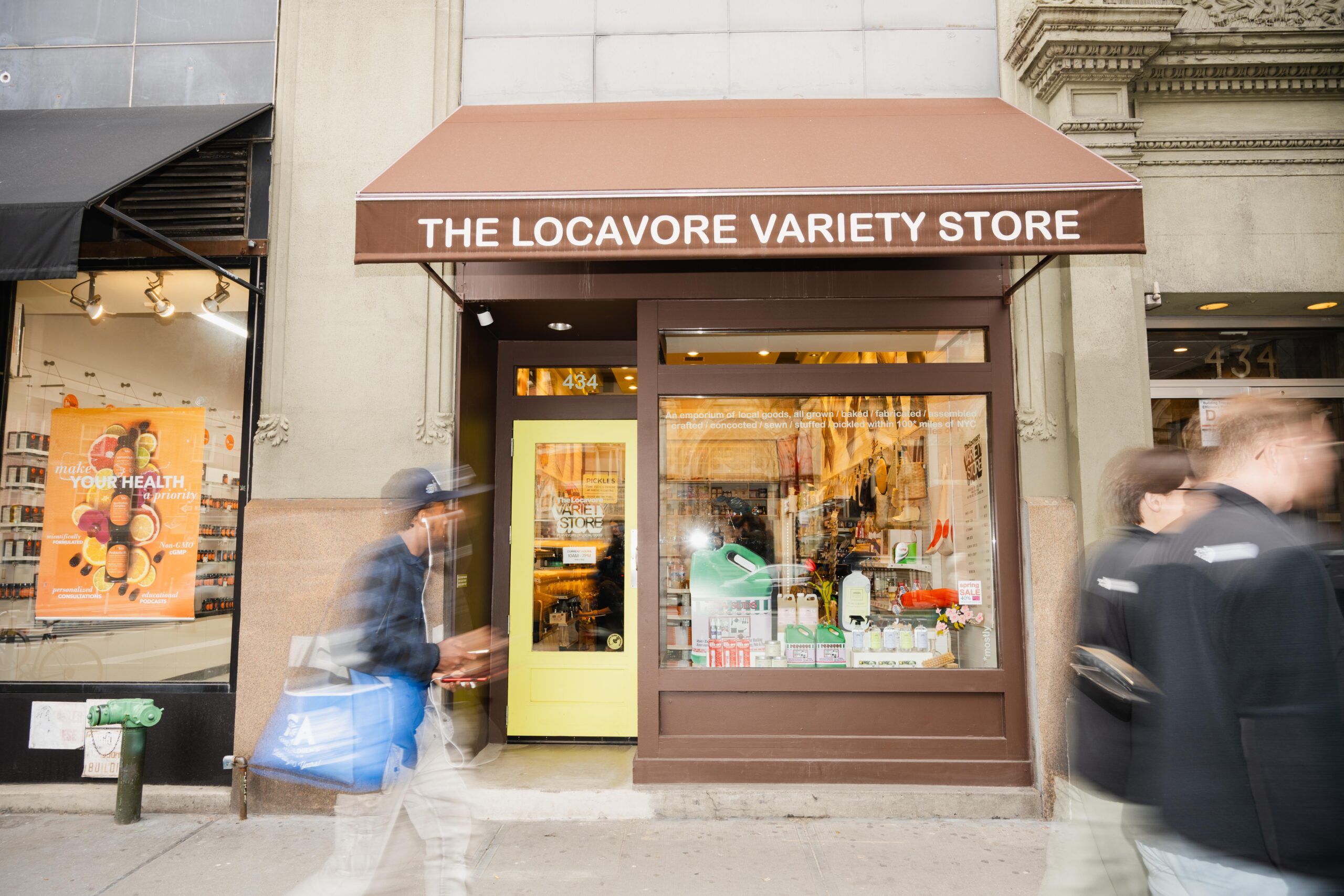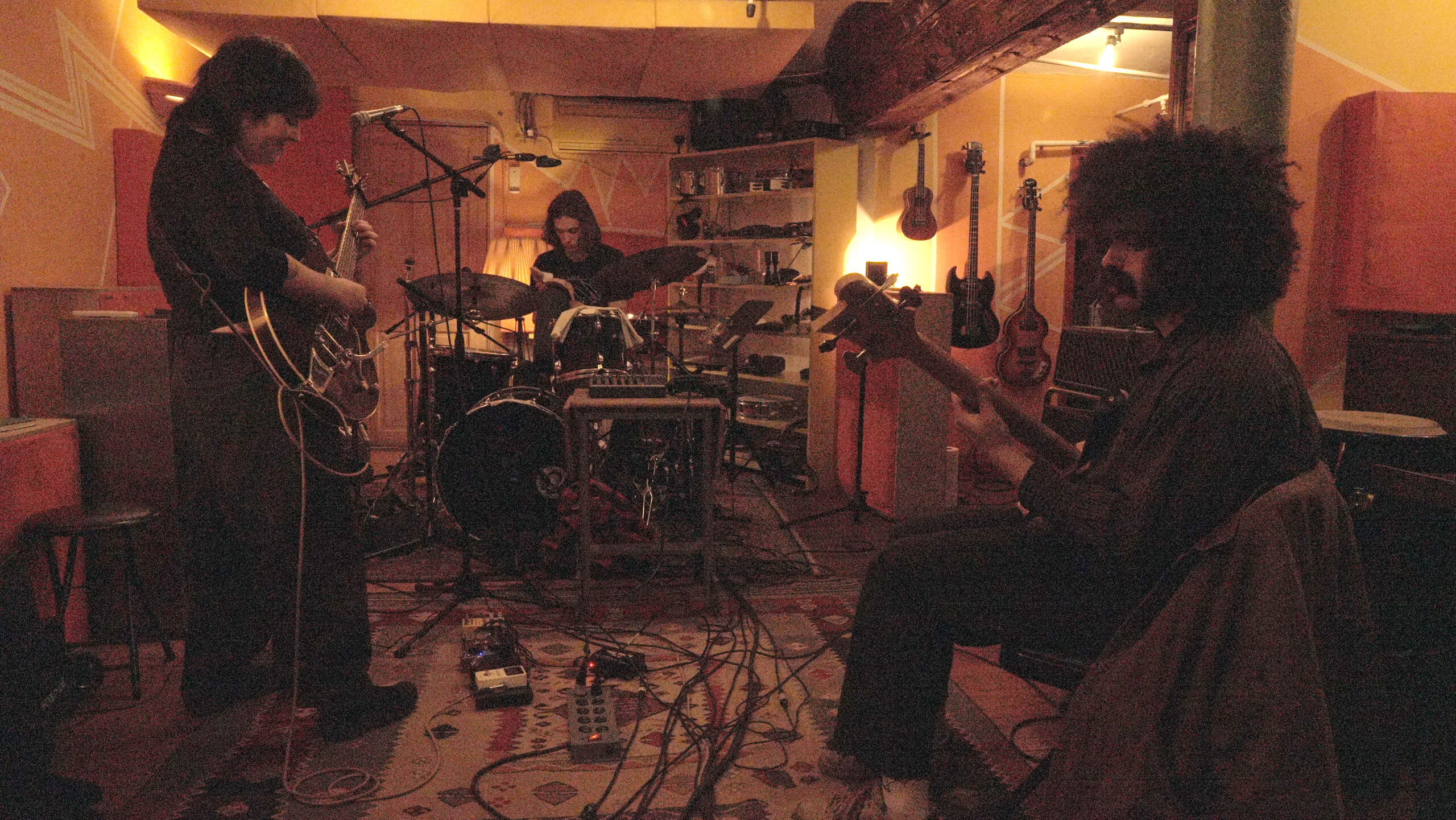For seven years I have struggled with my body image. I have had my issues with eating disorders, in all forms, and continue to live with a skewed mindset regarding my appearance presently. I live — and arguably will forever — with body dysmorphia.
The condition is not uncommon, affecting about one in 50 people worldwide; however, at times, it can become a debilitating obsession. I have found myself staring at my reflection in front of mirrors, poking at my skin, adjusting my clothes, surveying my appearance and unconsciously wasting hours of time before snapping back into reality. Developing my own routine and lifestyle in New York had been the best coping mechanism I found since diagnosis.
Then came a global pandemic.
Since relocating to California in mid-March after concerns regarding COVID-19 , I have had to reconcile with the fact that I no longer can rely on these routines to ground me, remaining under lockdown to keep myself healthy.
To begin with, I am an active person. I ran cross country and track throughout high school, and continue to run while in quarantine I enjoy walking most places, working out at my local gym, occasionally attending yoga classes and lifting heavy vats of coffee at my job. I like exercise. I like to be moving. I do not like to — or perhaps I should say, cannot — sit still. My movement keeps me sane; it allows me to cope with my dysmorphia. When I’m moving, if it’s walking from my apartment to my favorite coffee shop to school, the act of moving from point A to B to C keeps my mind from focusing on anything self-critical. New York City itself has proved to be helpful. I don’t know if I can properly explain why movement is essential to me, or why I have come to be so attached to the movement New York City allows me; I find there is always something to occupy myself and my mind.
Having a more sedentary schedule, and relying on the occasional run has proven difficult for me and my condition. I have suffered from several hip and knee injuries, and have tried to supplement running with other forms of exercise by practicing yoga, lifting weights and walking most places.
Spending an increasing amount of time with myself and my appearance has both proved to be harmful and beneficial to how I view myself. Do I love my body most days during quarantine? Full transparency: No. Have I come to like other aspects of my appearance during this time? Yes. I have come to love my face without any makeup and appreciate simple things in my natural appearance. This doesn’t offset the self-critical behaviors I’ve fallen into during this time, but it’s a victory nonetheless.
This photo essay was inspired by a final project I am working on for my Light and Image class at Parsons. I attempted photographing myself, something I am neither prone to nor fond of, and played around with the idea of re-imagining food, morphing it to feel as I do.
Please note: these photographs are not to glorify the condition I live with, nor saying it is okay either. Rather, it is a documentation of the effect quarantine has had on me mentally and emotionally in terms of how I view myself.
It is hard not to be critical of ourselves during this time, but sometimes we need to just take a step back, a deep breath, go for a walk, put on some clothes that make us feel human again and tell ourselves what we’re feeling is okay, and that how our body is changing is okay too.
Photography by Samantha Vogel
